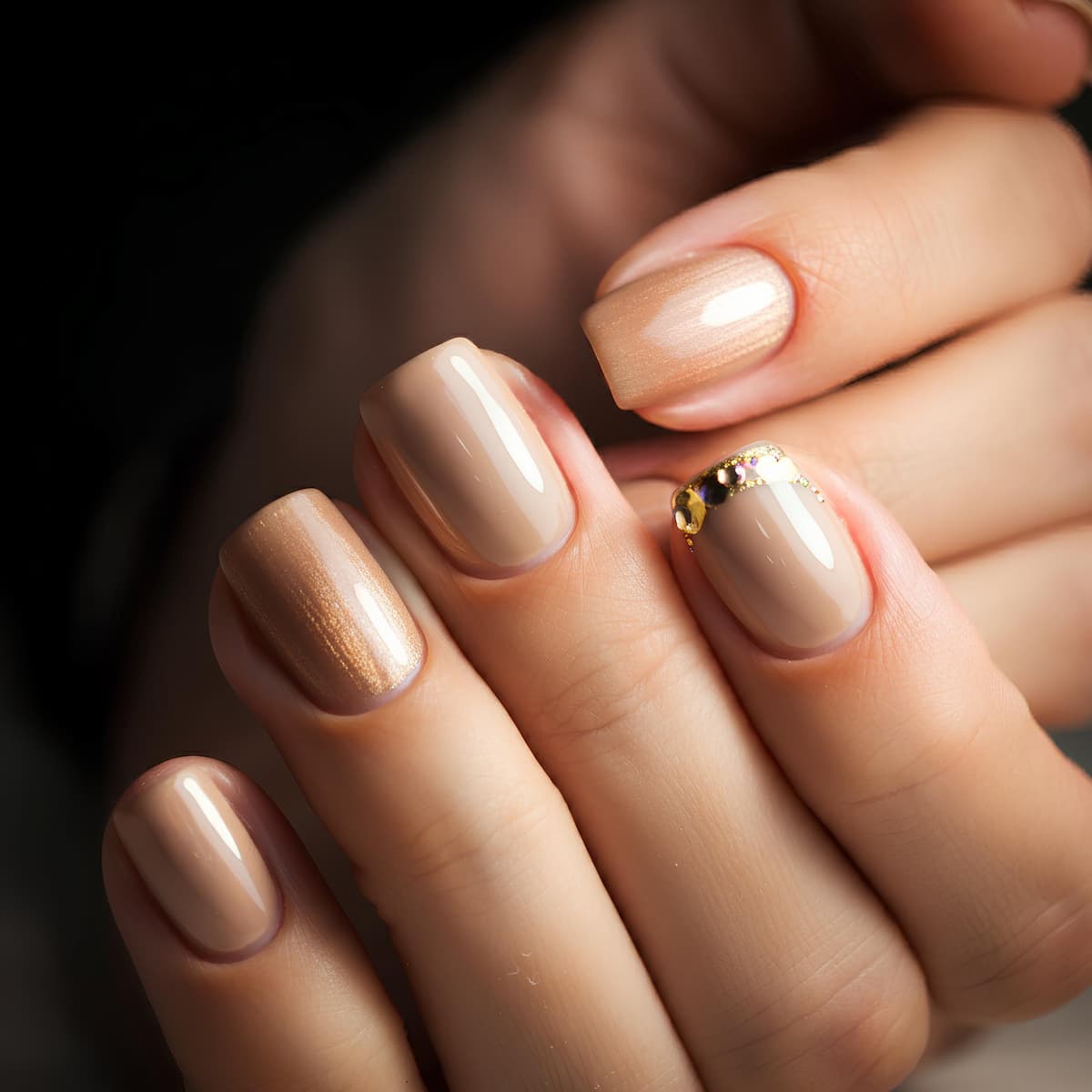Human fingernails and toenails begin to form by the 20th week of fetal development. They consist of several parts. What we see on the outside is the nail plate, made of keratin, a hardened protein that is also found in the epidermis, hair, horns, claws, and hooves of mammals. Beneath the nail plate is a layer of skin called the “nail bed.” At the base of the nail plate is the cuticle, and behind and around it are the nail folds, which protect the nail from injury and bacteria. The matrix, the hidden part of the nail located beneath the cuticle, is made up of living cells that produce keratin. Typically, fingernails grow about 3.5 mm per month, while toenails grow about 1.5 mm.
Humans inherited their nails from primate ancestors. Scientists believe that these skin appendages appeared 58–55 million years ago, evolving from claws. Their main function was to help primates adapt to life in the trees.
Nails supported the fingertips and toes, increasing the surface area for gripping when pressure was applied to the fingers. This allowed our ancestors to confidently maneuver between tree trunks, where they lived. Additionally, broad fingers with nails enabled them to grasp thin branches and collect and peel fruits.
After primates descended from the trees, finger dexterity and a strong grip became essential for making and using tools. Without nails, it would have been much harder to manipulate fingers and adapt to the new way of life. Modern humans, for example, might not be able to thread a needle or perform surgical procedures without them.
Of course, the function of nails isn’t limited to finger dexterity and gripping surfaces. Their primary role is to protect the sensitive tips of the fingers from injury.
Imagine if there were no nails on your pinky toes. Every bump against the corner of a table or the leg of a couch would feel much sharper. Actually, don’t imagine it—it’s the kind of pain that would stay with you for a long time.
Nails also help protect against infections. If the nail plate is damaged, harmful microorganisms can more easily penetrate the body and cause illness.
In some cases, by examining a patient’s nails, a doctor can hypothesize that the person may have a deficiency in certain micronutrients or a disease. For example, a concave nail plate can indicate an iron deficiency, yellowing may suggest lung issues, and small pits might be a sign of nail psoriasis. But again, only a doctor can make accurate diagnoses.
Nails can also assist investigators in solving crimes.
If a victim fought back and scratched the perpetrator, skin particles from the attacker might remain under the victim’s nails.
This material can be sent for DNA analysis, which can help identify the culprit among the suspects.
Perhaps we could get by without nails, but since they have accompanied us through millions of years of evolution, they certainly make our lives better and more comfortable. Remember this the next time you feel like biting your nail.

